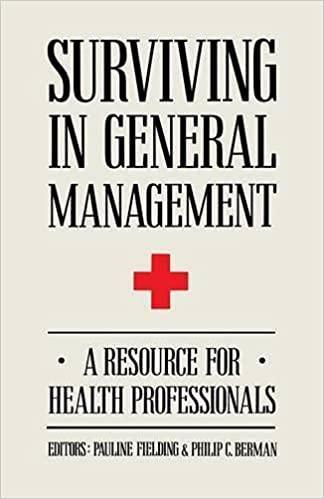inisiana For policy on late submissions, refer to the course's syllabus. sldowolla oldswollA nenes woboda able H. she Sulev Sm Problem 1 (40 pt) 00 2 OOS 2Hgnitiu 2028 Falditas Inc. is a company that is specialized in producing very high-end skirts. Currently, the company produces long and short skirts. Each type of skirt requires a certain amount of processing time distributed as follows: OOST 2H similish916MBtea Long skirts require 1.2 hours for cutting and 0.7 of hours for sewing. Short skirts require 0.8 hours for cutting and 0.6 for sewing. miloubo19ers For producing one long skirt, Falditas needs 6 yards of raw materials. This quantity is smaller (4 yards) when it comes to short skirts. These products have very high quality and their price reflects that after taking costs into consideration, the marginal profits are $190 and $150 for long skirts and short skirts, respectively. or doua ni gnola los originalnas al yngmo (1) (s do) cognition to or llw worl bonomolami vartoons al 1 Falditas Inc. have to decide on their production quantities for next week as to maximize their profit. They have 1200 yards of fabric available. They also have 200 hours for cutting and 180 for sewing. However, if needed, they can schedule overtime for these two processes, at a cost of $15/hour of cutting time and $10/hour of sewing time. They cannot schedule overtime indefinitely, so they have a limit of 100 hours of overtime. The company wants to produce a minimum of 100 long skirts and 75 shorts skirts next week. Let Lands be the number of long and short skirts produced, respectively and O, O, be the number of hours of overtime or cutting and sewing respectively. The use an LP model to maximize profits, which they solve in Excel. The computer solution is shown below: botolettalios ollos od yn Optimal profit: $ 40,900 obroso be Variable Cells Final Reduced Objective Allowable Allowable Increase Cell Value Cost Name Coefficient Decrease $C$9 L (units) 100 0 Inf 190 35 $D$9 S(units) 150 23.33 0150 Inf $E$9 40 Oc (hours) 0 15 -15 172.5 0 Os (hours) $F$9 -10 -10 10 Inf Constraints Final Shadow Constraint Allowable Allowable Cell Name Value Price R.H. Side Increase Decrease $B$15 Cutting LHS 200 15 200 40 60 $B$16 Sewing LHS 160 0 180 Inf 20 $B$17 Overtime limit LHS 40 0 100 Inf 60 $B$18 Material limit LHS 1200 34.5 1200 133.33 200 $B$19 Production limit L LHS 100 -35 100 50 100 $B$20 Production limit S LHS 1500 75 75 Inf a) (14pt) The company is considering raising the price of the long skirt such that the marginal profit is set to $210. If this change is finally implemented, how will the optimal profit change? (Note: 2 the answer to this question must be made on the basis of the information provided in the table above. You are free to re-run the model if you want, but your answer should be justified just in view of the information given above). b) (13pt) If the company could order extra material in the last minute with an extra charge of $8 per yard, would you recommend this? How much more would you be willing to pay for this order? (Note: the answer to this question must be made on the basis of the information provided in the table above. You are free to re-run the model if you want, but your answer should be justified just in view of the information given above). c) (13pt) If the minimum requirement for long skirts was 75 instead of 100, how would this affect the profit? (Note: the answer to this question must be made on the basis of the information provided in the table above. You are free to re-run the model if you want, but your answer should be justified just in view of the information given above)









